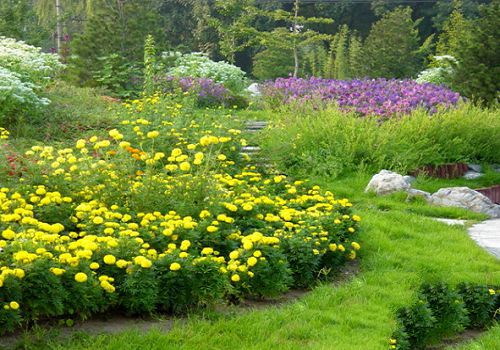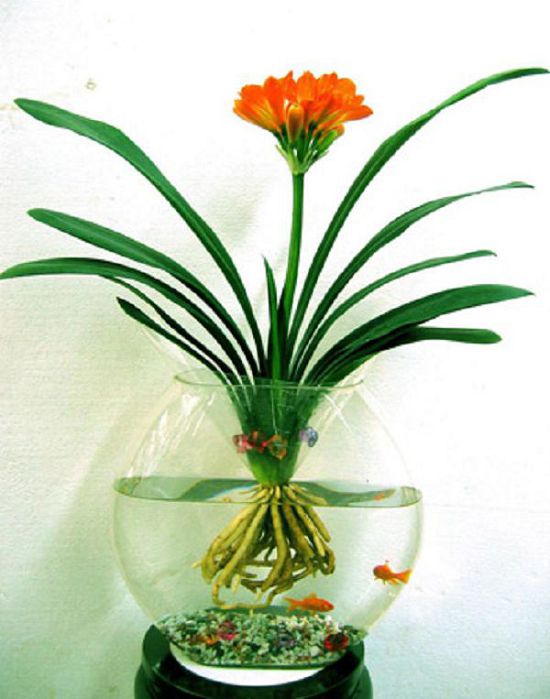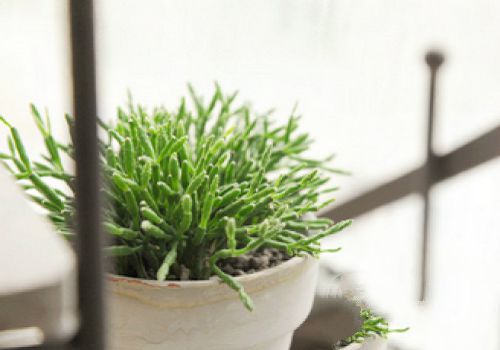How to sow herbaceous flowers in open field

Sowing techniques of herbaceous flowers in open field
Sowing technique of herbaceous flowers in open field: land preparation and bedding
The process of land preparation is as follows: first, clean up the vegetation and debris in the nursery, then plough and smash the soil, remove the residual roots, gravel and other foreign bodies in the soil, kill latent pests, and then rake the bed flat and evenly. Before ploughing, the base fertilizer is applied into the garden, so that through ploughing, the base fertilizer can be turned into the tillage layer, creating good conditions for flower seed germination, stem emergence, leaf expansion and seedling growth. The ploughing depth depends on the species of flowers and the soil condition of the nursery. In 2012, the growing flowers are generally ploughed deep 20-30cm, and the length of the seedbed depends on the situation of the garden, generally 5-8cm. The temperature in our area is high, there are many Rain Water, the seedling bed should be higher than the ground 20cm, and the seedling bed soil is required to be loose, fertile and ventilated. It has good drainage performance and aggregate structure to ensure the good growth of flower seedlings.
Sowing technique of herbaceous flowers in open field: timely sowing
Annual flowers are usually sown between March and April. It is not good to be too early or too late, because the temperature and soil temperature is not suitable for seed germination, it is often difficult to emerge or irregular, or even fail to raise seedlings, so it is necessary to sow seeds at the right time.
Sowing techniques of herbaceous flowers in open field: sowing, soil covering and grass mulching
The seeds of herbaceous flowers in open field are mostly fine seeds, which should be sown in wide strips, and for different species of flowers, or seeds of the same species but with variable sowing amount, the sowing rate is calculated from the density of 1000 trees per m2 of seedlings.
After the seeds are sown into the seedbed, it is best to cover them with fertile, loose and sifted fine cover, which should not be thick, in order to see the seeds. After covering the soil, it should also be covered with grass materials, such as straw, thatch and so on. To moisturize and keep warm and prevent Rain Water from scouring the seedbed, soak the leather and water it frequently to keep the soil moist.
Sowing technique of herbaceous flowers in open field: transplantation
The flower seedlings after interseedling grow rapidly. When the seedlings grow 6 true leaves, they will be planted once or twice to enlarge the vegetative area to facilitate further culture.
Immediately after seedling transplantation, the seedling bed was watered once, and the stems and leaves were extended after 4 days of slow seedling stage, and liquid fertilizer was applied at this time to loosen the soil and weed frequently. The row spacing of transplanted seedlings is 15-25cm, which provides good conditions for growing into strong seedlings.
Sowing technique of herbaceous flowers in open field: fixed value
According to the requirements of the greening design, the seedlings with a height of about 15cm, which have grown into 12 true leaves, will be planted in flower beds, flower mirrors, flower frames and other green spaces. Generally, it is planted with soil, which is conducive to survival, and it is necessary to irrigate "fixed root water" after planting. It is appropriate to determine the row spacing of the Corolla with the width of the Corolla without squeezing. The flower in 2012 is generally 30-40cm.
Sowing techniques of herbaceous flowers in open field: uncovering grasses and seedlings
About 10 days after spring sowing, the seedling bed should be observed and the emergence of seedlings should be checked. If most of the seeds have sprouted and unearthed, remove the mulch to give the seedlings plenty of sunlight. Uncover the cover should be carried out in the evening, if the sun is strong the next day, should also try to temporarily shade for one or two days to prevent damage to the seedlings. The seedlings should be interspersed when the seedlings come out and the cotyledons fully unfold and grow into true leaves. The seedling density after interseedling should be 2400-100plants per square meter.
Related
- What if the leaves of potted flowers turn yellow?
- Florescence Control of several Flowers
- Anti-freezing technology and post-freezing nursing technology of flowers
- What is the classification of flowers? What are the common methods of flower classification?
- Prevention and control of alkali and acid damage of flowers in courtyard
- Technology of Anti-freezing and restoring growth of Flower seedlings in greenhouse and greenhouse
- How does flower fertilization not hurt the root? Fertilization technology of flowers
- Key points of disinfection in flower greenhouse
- Several pesticides that are banned or used cautiously in flowers
- How to fertilize the flowers that watch the leaves?



